
Pin on Castles
The easiest way to get to Malbork Castle from Gdansk is by train. From Gdansk Glowny, the main train station in Gdansk, it can take between 28 and 55 minutes to get to Malbork Castle, depending upon the type of train you choose. Regio (R) trains: The slowest and the cheapest option.

malbork castle map Google Search Castle art, Medieval castle, Malbork castle
How to get to Malbork Castle. If you're looking up how to visit Malbork Castle, you're most likely already in Gdansk, Poland. We spent about a week in Gdansk and found that it was a great base to explore the Tricity and surroundings. Despite the 60km distance, Malbork is very easy to get to from here and there's no need to spend extra money on an organized tour when you can save your pretty.

Malbork zamek krzyżacki Architektura średniowiecza i starożytności
Plan your Tour in Malbork Castle. Castle interiors are closed on Mondays. They are also some holidays where the castle is closed. It is recommended to always check opening hours and close days on their website in advance. A complete tour of the castle grounds will take around 3 hours. It is recommended to go either early or late just to avoid.

Malbork castle, Castle, Fantasy city map
The tour price advertised by Gdansk Tours for a 6-hour trip from Gdansk to Malbork Castle, including a tour of the Castle with an expert guide, lunch and beer, entrance fees, hotel collection, and drop off, is around €100 per adult. Gdansk Adventure offers a similar 6-hour tour, but with an audio guide and no lunch for just under €50 per adult.

Map of the castle in Malbork from the beginning of the 17th Century. Download Scientific Diagram
The Castle of the Teutonic Order in Malbork (Polish: Zamek w Malborku; German: Ordensburg Marienburg) is a 13th-century Teutonic castle and fortress located in the town of Malbork, Poland.It is the largest castle in the world measured by land area and a UNESCO World Heritage Site.. It was originally constructed by the Teutonic Knights, a German Catholic religious order of crusaders, in a form.

Malbork Teutonic Castle Ancient and medieval architecture
The Malbork Castle Museum with the branches of the Castle in Kwidzyn and the Castle in Sztum. The Malbork Castle Museum was opened on January 1, 1961. Its main seat is the Teutonic castle in Malbork, inscribed on the UNESCO World Heritage List in 1997. The people who created and continue to develop this institution have gone through an.

Download this stock image . English Plan of ground floor in Malbork castle Polski Zamek w
The brick walls of the castle in Malbork always make a great impression on its visitors as they walk among the countless castle red towers, bastions and courtyards, delving deeper into its long corridors and their secrets.. "Plan of the Malbork castle". In: Skyscraper. Available at

Malbork Teutonic Castle Ancient and medieval architecture
Criterion (iv): Malbork Castle is an outstanding example of the castles of the Teutonic Order, which evolved on the frontiers of medieval western Europe. It is a unique, perfectly planned architectural creation, with no equivalent in Gothic architecture. It was built utilizing a rich repertoire of medieval construction methods; these were.
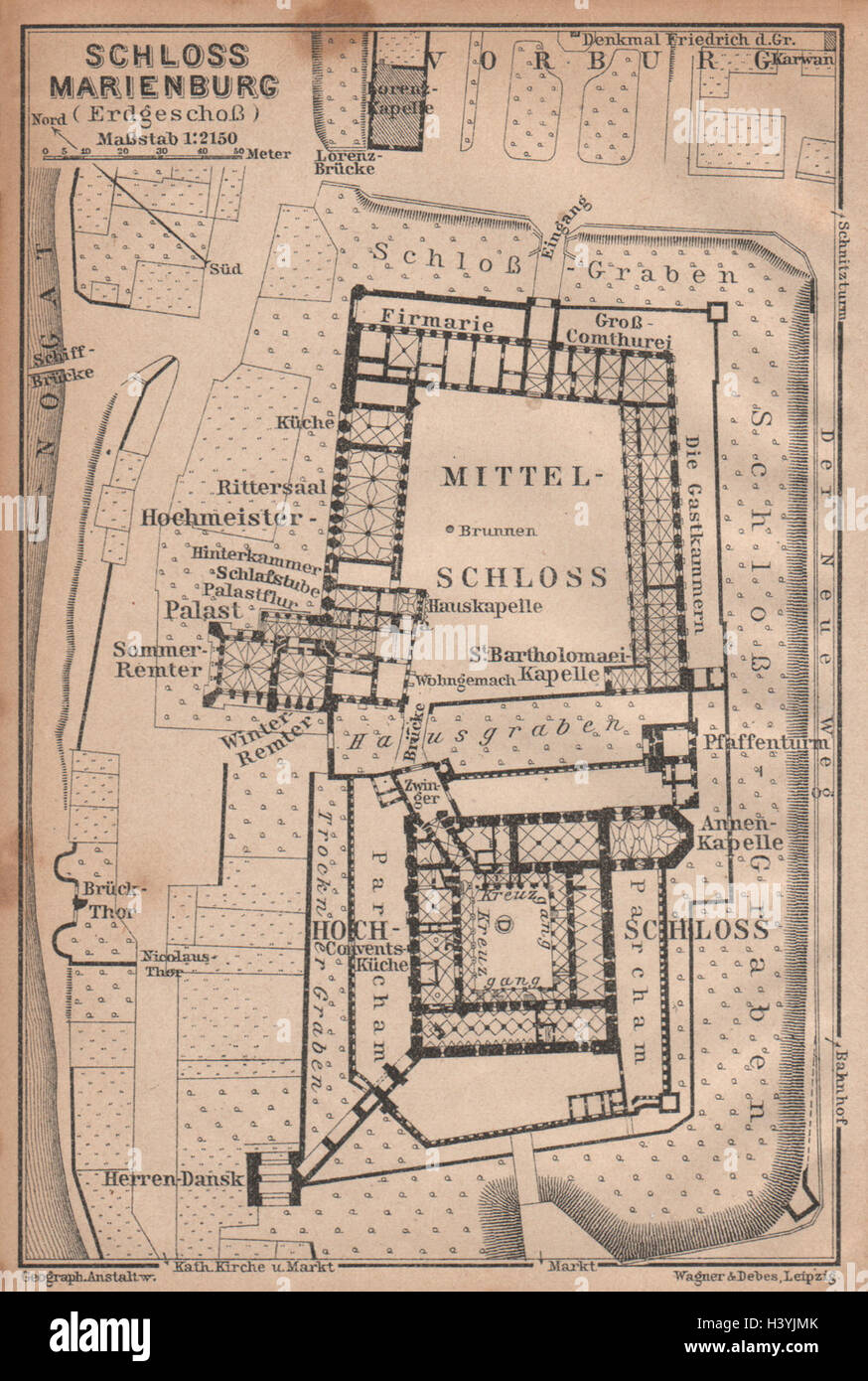
Malbork castle plan hires stock photography and images Alamy
Malbork Castle Fig. 2. Site plan of Malbork Castle. The Castle Studies Group Journal No 21: 2007-8 141 defined area covering the northern part of pres-ent-day Poland. It extended from the Baltic Sea, spanned the country either side the river Vistula as far as Torun, and swept in a broad arc to
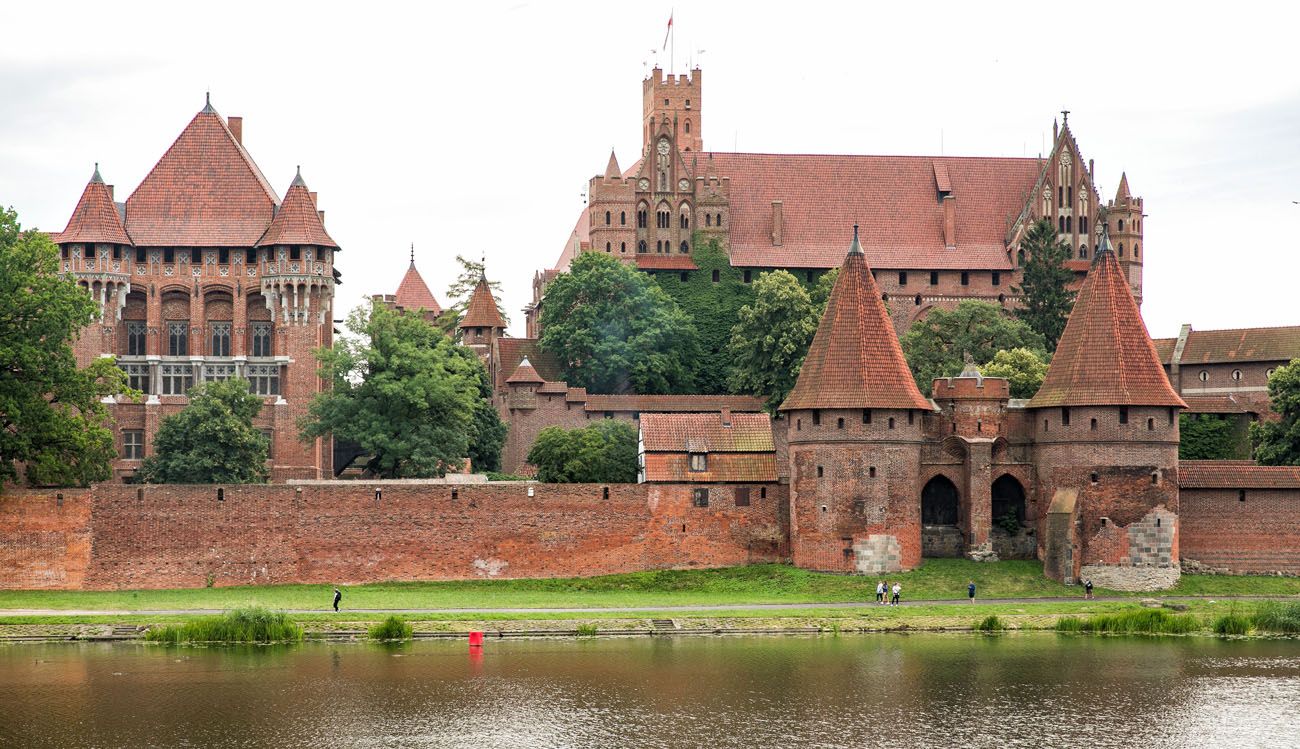
Malbork Castle Plan the Perfect Day Trip from Gdansk Earth Trekkers
Malbork Castle. Malbork's blockbuster attraction is its show-stoppingly massive castle sitting on the banks of the sluggish Nogat River, an eastern arm of the Vistula. The construction of Marienburg (Fortress of Mary) was begun by the Teutonic Knights in the 13th century and was the headquarters of the order for almost 150 years; its vast.
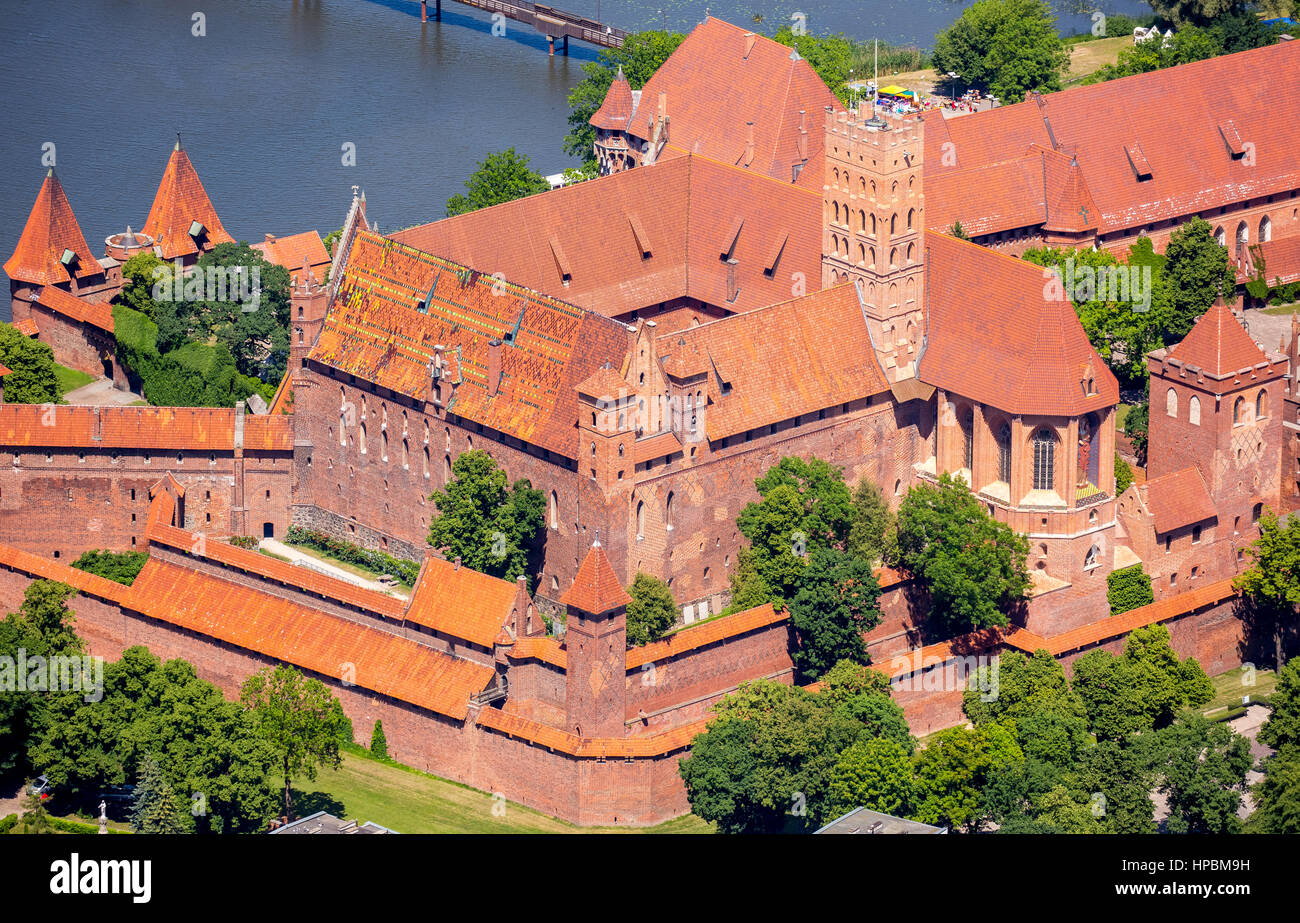
Malbork castle plan hires stock photography and images Alamy
Malbork Castle, massive brick fortress enclosing three fortified castles that was built in the 13th century by Teutonic Knights in Malbork, Poland. Encompassing 52 acres (21 ha), Malbork Castle is Europe's largest fortress by land area. It stands on the banks of the Nogat River, about 25 miles (40 km) south of the coast near Gdańsk.

Stary Malbork Plan zamku malborskiego z 1930 roku
Malbork Castle travel tips. Address: Starościńska 1, 82-200 Malbork. Opening hours: Monday - Sunday 09:00-19:30 (tickets are sold until 17:00) Tickets: full-priced tickets are 47 PLN, reduced 37 PLN. You can buy tickets in advance here. Audioguides: You get the audioguide in the price of the ticket.
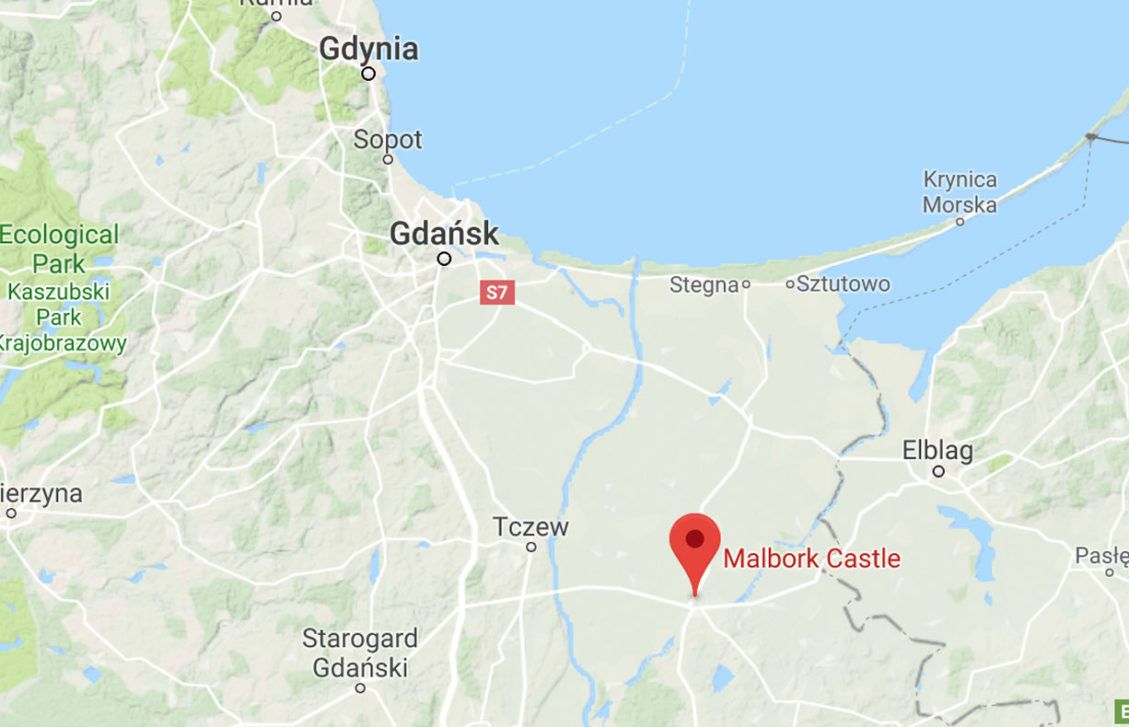
Malbork Castle Plan the Perfect Day Trip from Gdansk Earth Trekkers
Discover Malbork Castle in Malbork, Poland: This 13th century Gothic brick castle is the largest in the world by surface area. Trips.. Plan Your Trip Random Place.
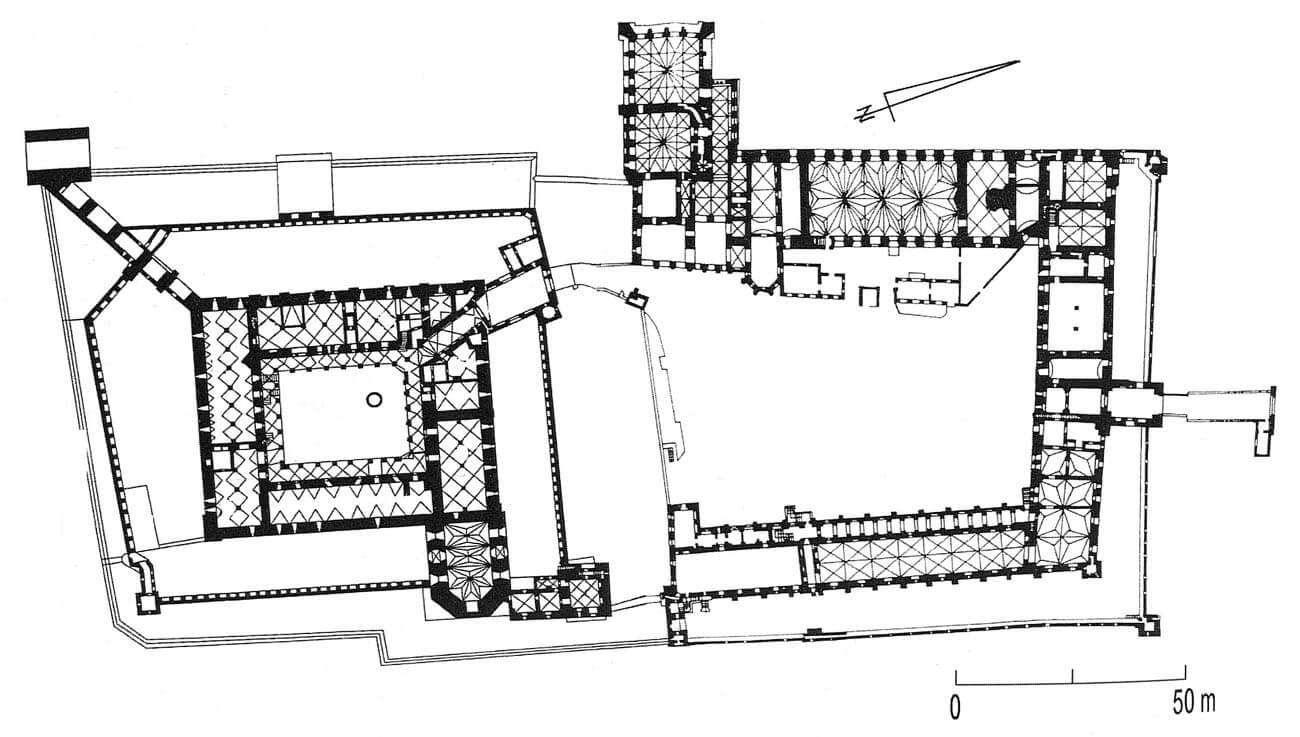
Malbork Teutonic Castle Ancient and medieval architecture
Malbork - Teutonic Castle. plan of middle and upper ward by A.Franaszak, K.Solak. reconstruction of the castle from the west from the 15th century according to P.Dennis. model of middle and upper castle from the 15th century. History. The castle complex in Malbork (Marienburg) was created by way of gradual extension, and its fortifications.

Imagine Poland Malbork Castle, Poland
CONTENTS. The full name of this castle is The Castle of the Teutonic Order in Malbork and was constructed in the 17th century in the town of Malbork in Poland. As the name suggests above, Malbork Castle was built by the Teutonic Knights, a German Roman Catholic religious order. The Castle initially served as a fortress as well as a monastery.

Marienberg Castle, Hanover, Germany Castle plans, Malbork castle, Malbork
Malbork Castle (German: Marienburg - St Mary's Castle) -is a masterpiece of late medieval defensive and residential architecture of the late Middle Ages. Malbork was constructed by the Teutonic Knights. They did it in several stages, starting from 1274. Initially (from 1280) the castle served as a fortress for one of the Commanders and his garrison.